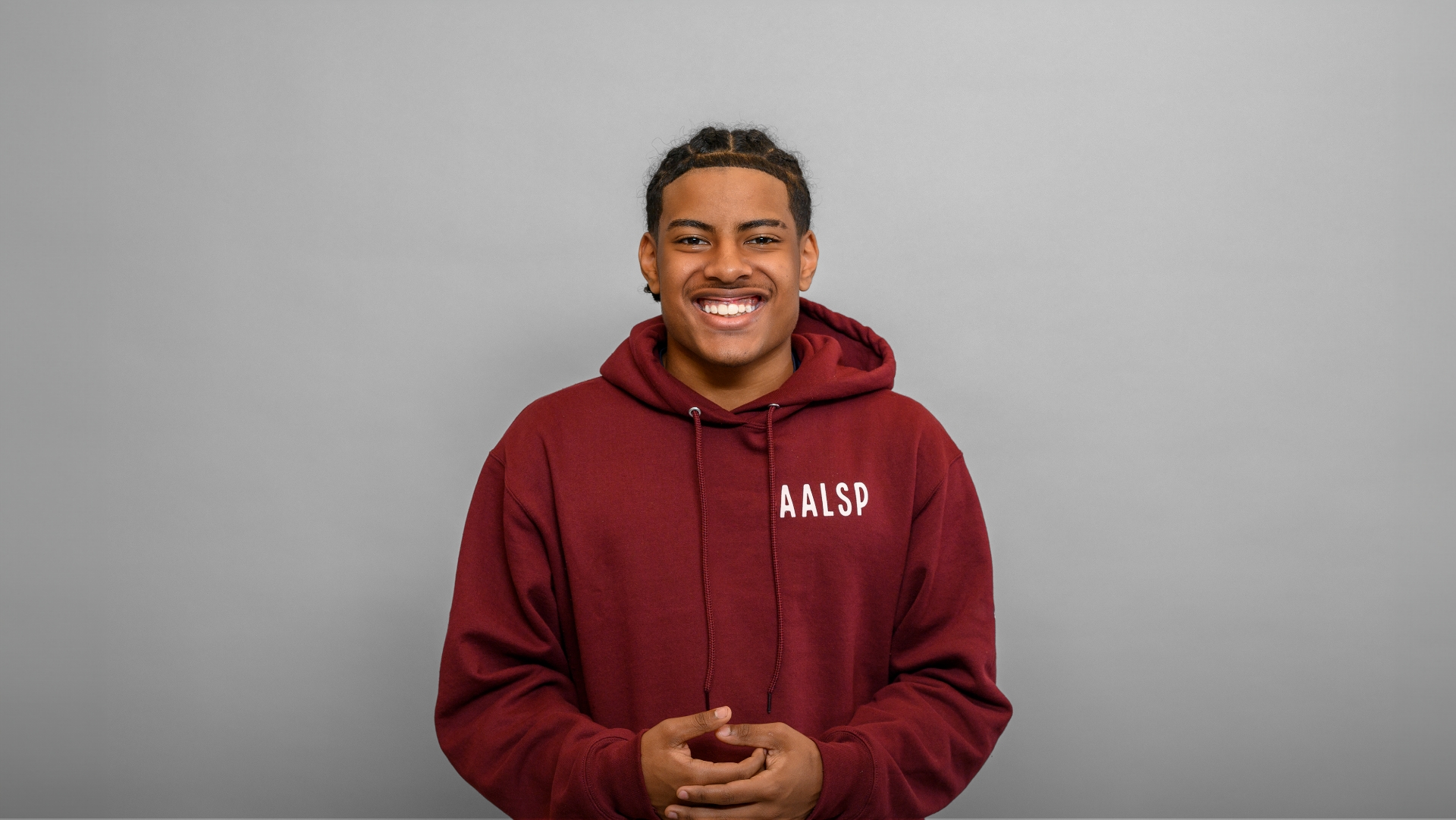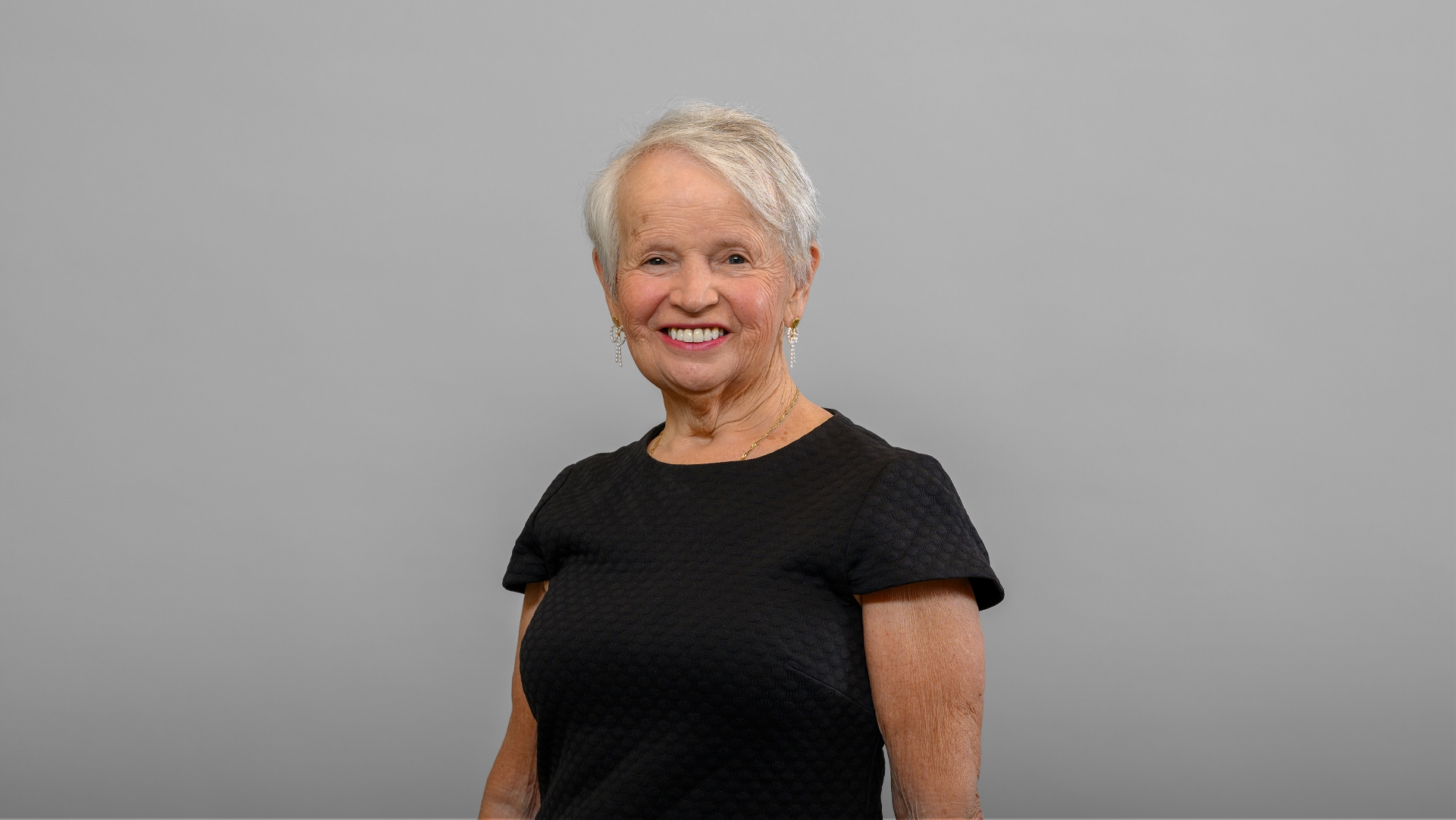
ABOUT Braces
Your Path to a Brilliant Smile Begins at Dot Smiles
A healthy bite and smile can make all the difference to your overall well being, and that’s why a holistic approach to oral health is so important to us. At Dot Smiles in Dorchester MA, we treat the whole person and strive to make orthodontic care as personalized, accessible, and impactful as possible for patients from all over the Boston area. With a variety of sound orthodontic solutions, including aesthetic ceramic braces and traditional metal braces, our outstanding team, led by Dr. Elon Joffre, tailors every treatment plan to every individual’s unique needs and lifestyle.
A Personalized Approach to Braces
At Dot Smiles, we refrain from classifying patients into rigid treatment categories. Instead, we approach each patient’s orthodontic case from a personalized and dynamic perspective, focusing on their unique circumstances, lifestyle demands, and budget considerations. We make your care work for you in the following ways:
- Understanding your needs: We listen to your needs, concerns, and oral health goals up front to provide a treatment solution that aligns with you.
- Comprehensive communication: In addition to listening with the goal of understanding, we also explain with that same goal in mind. Dr. Joffre and our team are eager to help you understand every aspect of your treatment plan.
- Flexibility in treatment: With our range of orthodontic options (ceramic braces, metal braces, and Invisalign), we offer multiple pathways to a healthy bite and beautiful smile. Our team carefully explains the pros and cons of each, helping you make an informed decision.

Making Orthodontic Care Accessible
Orthodontic care is an investment in your health and overall wellbeing. At Dot Smiles, we are up front about the cost of treatment, providing clear, detailed payment information before initiating any procedure. For most families, paying for orthodontic treatment requires some effort and planning. We offer our patients the following commitments to help make this investment a manageable one:
- Transparent pricing: The cost of braces at Dot Smiles typically ranges between $4000 and $8000. This can vary depending on your unique requirements and the chosen treatment plan, but you will know the cost of your treatment before we start.
- Flexible payment options: To help ensure that budget constraints aren’t a barrier to a healthy smile, we offer flexible payment plans to fit your financial circumstances.
- Insurance guidance: We assist in navigating insurance processes to maximize your benefits.
Ceramic Braces vs Metal Braces
Each type of braces we offer comes with unique benefits tailored for different lifestyle needs and aesthetic preferences. Let’s take a look at some of those benefits.
Ceramic Braces
Made of tooth-colored or clear brackets, ceramic braces are a more discreet option for straightening teeth and correcting malocclusion. Some things our patients like about ceramic braces include:
- Subtlety: The brackets in ceramic braces can be clear or tooth-colored to blend with your teeth, providing a subtle orthodontic solution for adults and teenagers conscious about their appearance.
- Efficiency: Beyond their cosmetic appeal, ceramic braces deliver effective alignment results much like traditional metal braces.
- Customization: The wires can also be made tooth-colored, for an even more polished and less noticeable look.
Metal Braces
Traditional metal braces are tried and true. They’ve been in regular use for over a century, and they remain the best option for certain complex orthodontic cases. They offer the following benefits:
- Durability and strength: Metal braces provide unmatched durability and control, ideal for complex orthodontic corrections.
- Predictability: Metal braces remain the most precise and predictable way to move teeth. While it isn’t exactly trending on social media, predictability is a very big deal in orthodontics!
- Fun factor: With colorful elastic bands to choose from, children and teenagers often enjoy adding a personalized touch to their braces.
Retainers After Braces: The Key to Maintaining Your Ideal Smile
Retainers are a critical part of orthodontic care, helping patients maintain their alignment and bite after the braces come off. Most patients will wear their retainers full-time for a few months and then step down to wearing them at night only. We offer these common types of retainers and will help you choose the best one for yourself or your child:
- Essix retainers: These clear, removable retainers look very similar to Invisalign aligners. They are comfortable, and they subtly blend with your teeth, making them our most popular retainer type.
- Hawley retainers: The tried-and-true, this removable type of retainer is made of acrylic and metal and fits onto your palate and gums to support the bracket that holds your teeth in place.
- Fixed retainers: Also known as permanent retainers, these are bonded directly to the back of your teeth. They offer a maintenance-free solution, ideal for patients seeking a hands-off approach to retaining their new smile.
Metal and Ceramic Braces Q&A
Patient education is a cornerstone for us at Dot Smiles, and we’re thrilled to answer all your questions. Additionally, every individual’s treatment plan will have its own details and nuances. But there are some questions we can answer up front with relative certainty. These are a few of the most frequently asked questions that we haven’t already covered!
Are there any age restrictions for ceramic or metal braces treatment at Dot Smiles?
There are no age restrictions for orthodontic treatment. We provide personalized treatment for both children and adults based on their individual needs. Generally, children under about six years old will not need braces yet.
Can I switch from metal braces to ceramic braces, or vice versa, during the course of my treatment?
Each patient’s treatment plan is unique and dependent on a variety of factors. Switching between types of braces during treatment is a decision that would be made in consultation with Dr. Joffre.
Is there a difference in treatment duration between ceramic and metal braces?
Treatment duration largely depends on the complexity of your case rather than the type of braces used. During your consultation, we can provide an estimate of expected treatment duration.
How often would I need to visit Dot Smiles during my braces treatment?
Regular adjustments are crucial in the braces treatment journey. The frequency of visits can vary based on individual treatment plans, but typically patients visit us once every 4-8 weeks.
What should I do if a bracket breaks or I experience discomfort with my braces?
If a bracket breaks or if you’re experiencing discomfort, please contact us immediately. We’re committed to ensuring your treatment process is as comfortable as possible and will provide immediate assistance to resolve any issues.
Does Dot Smiles offer any other treatments apart from braces?
Yes, in addition to metal and ceramic braces, we also offer Invisalign treatment as well as a variety of adjunct and post-braces treatments.
Can I get my braces tightened at another orthodontic practice if I am traveling or moving?
While it’s recommended to complete your orthodontic treatment with the same provider throughout, we understand that circumstances like travel or relocation can necessitate going elsewhere. In such cases, we recommend finding a reputable orthodontist to ensure continuity of care.
What is the right age to start orthodontic treatments for my child?
The American Association of Orthodontists recommends a child’s first check-up with an orthodontist at the first recognition of the existence of an orthodontic problem, but no later than age 7.
How do I clean my teeth while I have braces?
Keeping your teeth and braces clean is important for ensuring effective treatment. We advise brushing and flossing regularly, and using specialized cleaning tools when required. We’ll fill you all the way in on everything before you begin treatment!
Will my orthodontic treatment be painful?
While each person’s experience varies, most patients experience mild discomfort or soreness when braces are initially applied or adjusted. Most of the time, over-the-counter pain reliever and an orthodontic wax to cover any poking parts can help alleviate the discomfort.
Metal and Ceramic Braces in Dorchester, MA
Aligning your teeth isn’t just about achieving a beautiful smile; it’s about gaining the confidence to show it off! At Dot Smiles, we are dedicated to providing every patient with a warm, personalized, and transformative orthodontic experience. We’ll work with you to help you make the best choice for your orthodontic care and ensure your best outcome. Contact Dot Smiles today to start your journey to a healthier and more confident smile.





